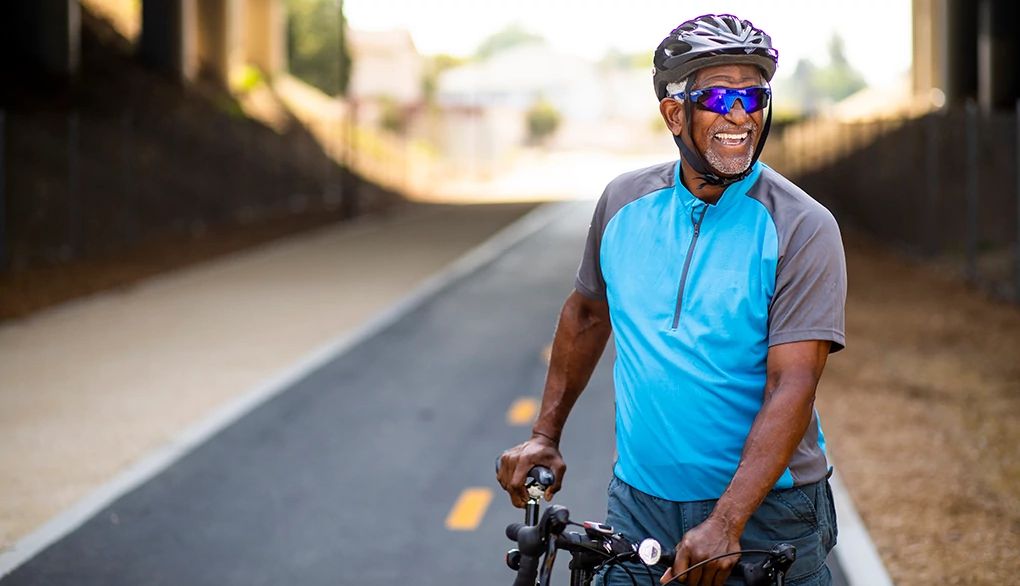Challenges


It’s awe-inspiring to watch Tour de France cyclists zoom through the Alps like they have wings. But cycling’s many health benefits aren’t reserved for elite athletes.
Biking is one of the most versatile forms of exercise, offering a workout for all fitness levels that’s gentle on your joints. You can cycle outdoors or inside on a stationary bike. Like other forms of aerobic activity, biking can strengthen your heart, lungs and muscles. Research suggests it also may benefit your brain.
One study recruited 100 people ages 50 to 83 who were not cyclists. Some cycled outdoors three times a week using either a regular bicycle or an e-bike (with an electric motor that can assist with pedaling), and others did not. The cyclers performed better on some measures of the brain’s executive function than those who didn’t cycle, researchers reported in PLoS ONE in 2019. Executive function includes mental skills such as organization, planning and flexible thinking.
Surprised that e-bikes and ordinary bikes showed similar benefits? True, e-bikes can require less effort, but that doesn’t mean you’re cheating. In fact, on average, the e-bike riders in the study spent more time cycling during the week than their regular-bike counterparts. The e-bikes had five settings that corresponded to varying levels of electrical assistance, from “off” to “turbo,” so riders could adjust their level of exertion. The researchers theorized that this may have encouraged the e-bike riders to ride more. They also noted that both groups of riders may have benefited from being outdoors.
Indoor cycling on a stationary bike — at a gym or in the comfort of home — offers potential brain benefits too. After a single 30-minute workout on a stationary bike, 26 healthy adults ages 55 to 85 completed a cognitive quiz while undergoing a brain scan known as an fMRI. On another day, they were quizzed and scanned after spending 30 minutes resting. The post-cycling scans showed greater activity in the hippocampus, the brain’s key memory region, compared with the post-resting scans, according to a 2019 report in the Journal of the International Neuropsychological Society.










More From Staying Sharp
Easy Ways to Exercise (No Gym Required)
Moving your body benefits your health, wherever you do it
The Health Benefits of Being With Pets
Learn how pets can improve your health and well-being in surprising ways
Start a Daily Salad Habit
Creativity makes all the difference